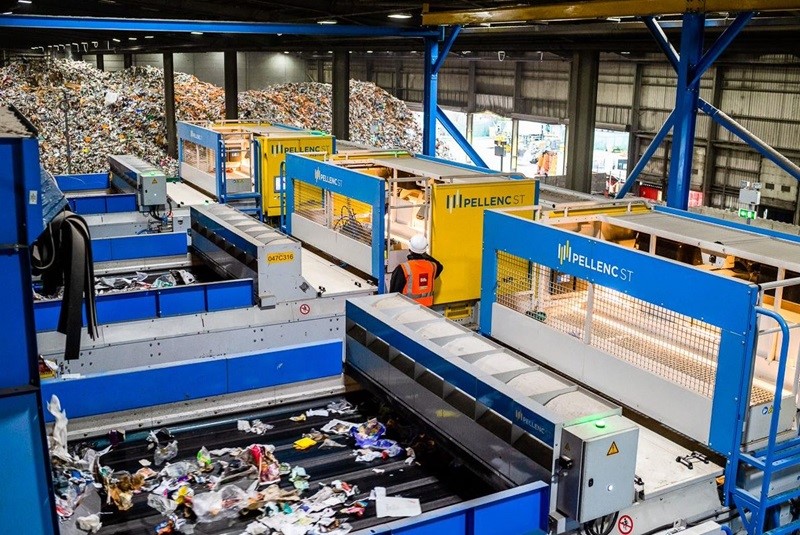After July 16, UK landfills will not be allowed to dispose of hazardous waste in the same cell as non-hazardous material. Instead, there will be specified sites and cells within sites that will take hazardous waste.
There will be about 12 merchant sites able to take hazardous waste and three more will have separate cells for the waste, said Mr Morley. He also said the Environment Agency has had interest from over 30 operators wishing to construct a hazardous waste cell at non-hazardous sites.
Complacency
Speaking at a press conference yesterday, Mr Morley said “I don't know of a single new EU Directive that has been implemented without some problems.” But he emphasised that there was no room for complacency and he offered an assurance that there would be somewhere for all types of hazardous waste to go after Friday.
”we're not looking at all that waste arriving on July 16 “
– Liz Parkes, head of waste at the environment agency
Liz Parkes, head of waste at the Environment Agency, who was also at the conference, was asked if there would be enough capacity for hazardous waste from tomorrow. She said that there was currently a one million tonne capacity and two million tonnes of hazardous waste, but that it was difficult to estimate how much the capacity would fall after July 16.
“But I think what's important to remember is that we're not looking at all that waste arriving on July 16. Also, the whole point of the directive is to reduce hazardous waste to landfill. There is evidence of good waste management practice out there with people reducing the waste they are generating. And therefore we should be facing a reduced demand for landfill.”
Both Ms Parkes and Mr Morley said it was likely that the amount of hazardous waste arising would fall after July 16 for a number of reasons.
Segregation
Ms Parkes said at the moment many housebuilders and developers do not segregate their waste on site, but that this needed to change. She gave an example of one site which will be producing 400,000 tonnes of hazardous waste in the form of contaminated soil. The site mangers have already decided to treat this waste onsite instead of sending it straight to landfill. “These are the kind of results we want to see,” she said.
Increased costs for disposal are likely to encourage housebuilders to sort soils more carefully, she suggested. Ms Parkes estimated that the current cost of 9 to dispose a tonne of contaminated soil would go up “quite steeply”. However, neither the minister or Ms Parkes was able to suggest an estimated price for disposal of hazardous waste after tomorrow.
”there has been an increase of hazardous waste going into landfill of 45%“
– Elliot Morley, environment minister
Mr Morley said that he had been talking to the waste management industry in the last few days and “their view is that what has been going on is that over the last year there has been an increase of hazardous waste going into landfill of 45%.”
This increase, said the minister, was happening in a bid to clear hazardous waste ahead of July 16. “This could lead to a significant drop in the amount of hazardous waste arisings over the next six months.” Mr Morley claimed this would help ease the transition to non co-disposal.
Permits
In response to worries that some licensed hazardous waste operators may not have received their official permit from the Environment Agency by tomorrow, Mr Morley said that they would still be able to store hazardous waste separately from normal waste until they received their permit to landfill it.
On the issue of hazardous waste being moved long distances to reach the decreased number of sites it can be disposed at, Mr Morley said this would not be a problem.
“Hazardous waste has always travelled,” he said. Adding that as far as he knew there was one hazardous waste site in Wales and no hazardous waste sites in Scotland. “Scotland has always transferred it to England anyway, so there's no change there.”







Subscribe for free